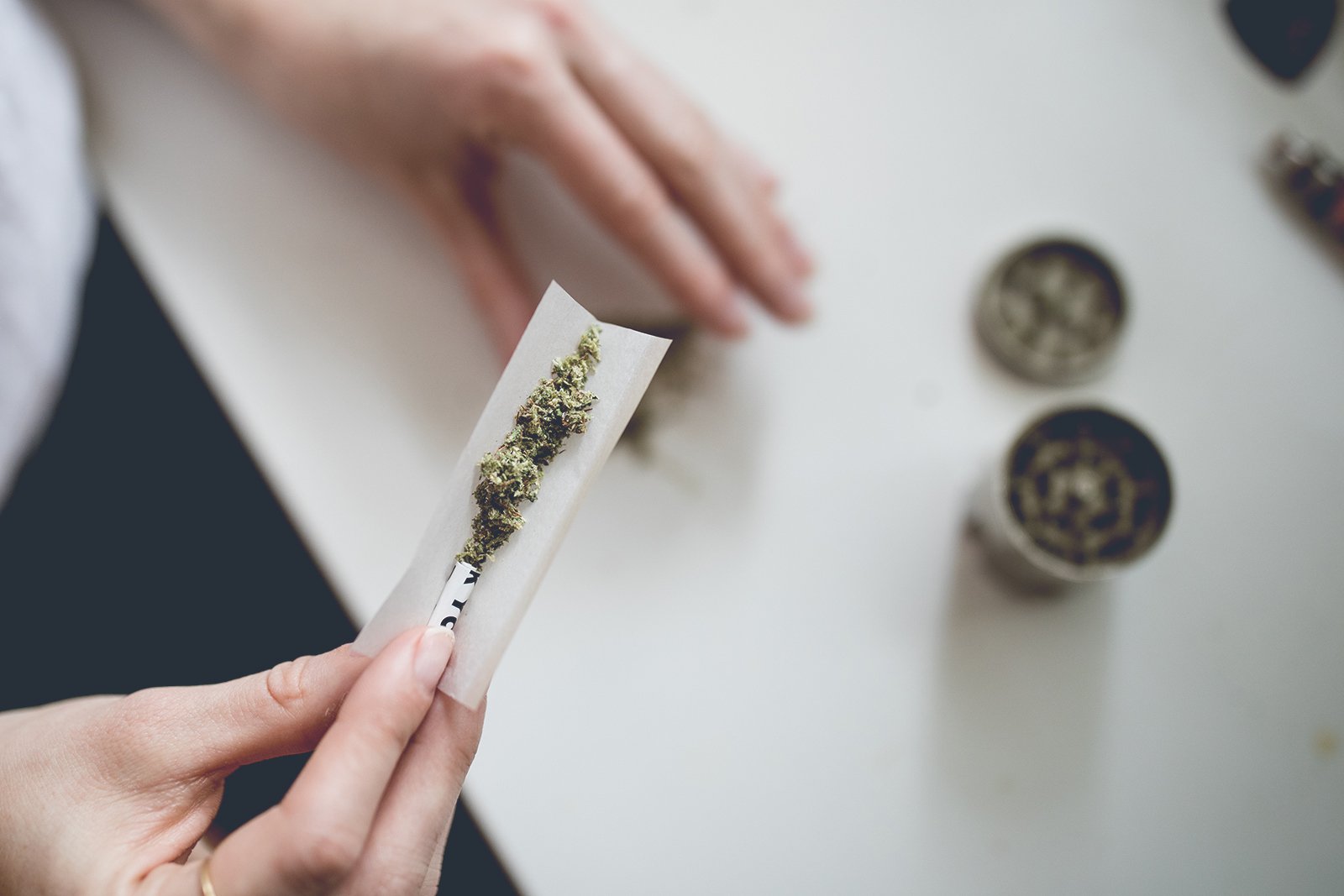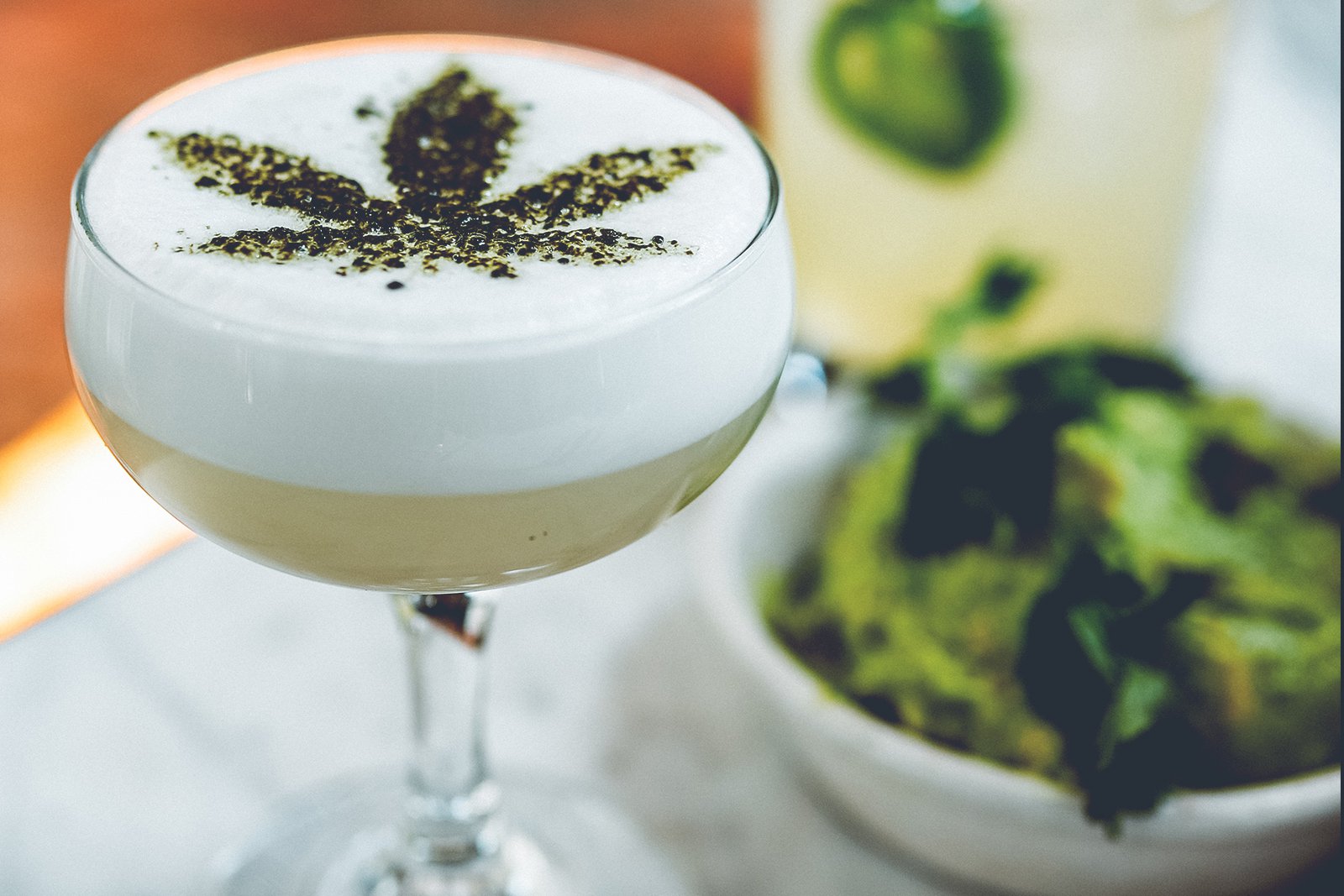
- Indica
-
by
As the cannabis industry expands and legalization spreads, more people are exploring marijuana for relaxation, wellness, and medical use. But while cannabis can offer potential benefits—such as easing pain, anxiety, or insomnia—it’s essential to understand how to use marijuana safely.
Whether you’re trying edibles, tinctures, or vapes, the way you consume cannabis can dramatically affect your experience. Here are 10 science-backed, practical tips to help you stay safe, enjoy responsibly, and make the most of your marijuana products.
1. Know Your Purpose Before You Consume
Ask yourself why you’re using marijuana. Is it for stress relief, sleep, pain management, or creativity?
Different goals call for different products and cannabinoid ratios (THC vs. CBD). Knowing your intent helps you choose the right strain, product type, and dosage.
Example: If you want focus and calm without a “high,” try high-CBD, low-THC formulas or microdose gummies.
2. Start Low and Go Slow
This golden rule applies to everyone—especially new users.
Cannabis affects people differently based on metabolism, body fat, and tolerance. Start with the smallest effective dose and wait before taking more.
-
Edibles: Begin with 2.5–5 mg THC and wait at least 2 hours before redosing.
-
Vapes/Tinctures: Take one small puff or drop and assess after 10–15 minutes.
Overdoing it too soon can lead to dizziness, paranoia, or nausea—symptoms that are unpleasant but preventable.
3. Choose Tested and Labeled Products
Always buy from licensed dispensaries that provide lab-tested cannabis.
Third-party testing ensures the product is free from pesticides, mold, and heavy metals—and accurately lists THC/CBD content.
Check for:
-
Batch numbers
-
Lab certification seals
-
Clear ingredient and cannabinoid breakdown
Avoid unregulated products, especially those sold online without verified testing.
4. Avoid Mixing Marijuana with Alcohol or Other Drugs
Combining cannabis with alcohol or sedatives can intensify impairment, cause dehydration, and increase the risk of anxiety or fainting.
If you’re using marijuana for medical reasons and take prescription drugs, consult your doctor—some medications interact with cannabinoids through the liver enzyme system (CYP450).
5. Store Safely Away from Children and Pets
Cannabis edibles can look like candy, cookies, or gummies—making them dangerous if accidentally ingested.
Keep all marijuana products in child-proof containers and store them in locked cabinets or high shelves.
If a child or pet ingests cannabis, seek emergency medical help immediately.
6. Understand the Different Methods of Consumption
Each method has unique onset times and effects:
| Method | Onset | Duration | Notes |
|---|---|---|---|
| Smoking/Vaping | 1–10 mins | 1–3 hrs | Fast relief, but may irritate lungs |
| Edibles | 30–120 mins | 4–12 hrs | Stronger, longer-lasting, delayed onset |
| Tinctures | 15–45 mins | 2–6 hrs | Sublingual, easier to control dose |
| Topicals | Local relief | — | No psychoactive effect |
| Capsules | 45–90 mins | 6–8 hrs | Predictable dosing |
Choose based on your goals, environment, and comfort level. For medical use, tinctures or topicals are often safest.
7. Be Mindful of Your Environment
Set and setting matter.
Avoid trying marijuana for the first time in unfamiliar or high-stress places.
Use it in a calm environment—ideally at home or with trusted people—where you can relax and monitor your experience.
Never drive or operate machinery under the influence.
8. Stay Hydrated and Nourished
Cannabis can cause dry mouth (“cottonmouth”) and low blood sugar, especially edibles.
Keep water nearby, and eat light, healthy snacks before and after consumption. Hydration helps the body metabolize cannabinoids and prevents headaches or fatigue.
9. Respect Tolerance and Take Breaks
Regular use can build tolerance, meaning you need more THC to feel the same effects.
Taking a “tolerance break” (T-break) for 1–2 weeks resets your system and helps your endocannabinoid receptors respond more effectively again.
This is also a good time to evaluate whether your usage is supporting your health goals—or becoming habitual.
10. Educate Yourself and Stay Updated
Cannabis science is evolving fast. Stay informed about:
-
New research on cannabinoids (THC, CBD, CBN, CBG)
-
Local laws and possession limits
-
Best practices for dosing, storage, and harm reduction
Follow credible sources like:
-
NIH / PubMed
-
Project CBD
-
Leafly / NORML
-
Harvard Health Blog
Knowledge keeps you safe and helps you advocate for responsible cannabis culture.
Final Thoughts
Using marijuana safely is all about awareness, moderation, and education.
When handled responsibly, cannabis can be an incredible tool for relaxation, creativity, and wellness—but misuse can lead to anxiety, overconsumption, or dependency.
Respect your limits, choose clean products, and consume mindfully. Remember: cannabis should enhance your life, not control it.


